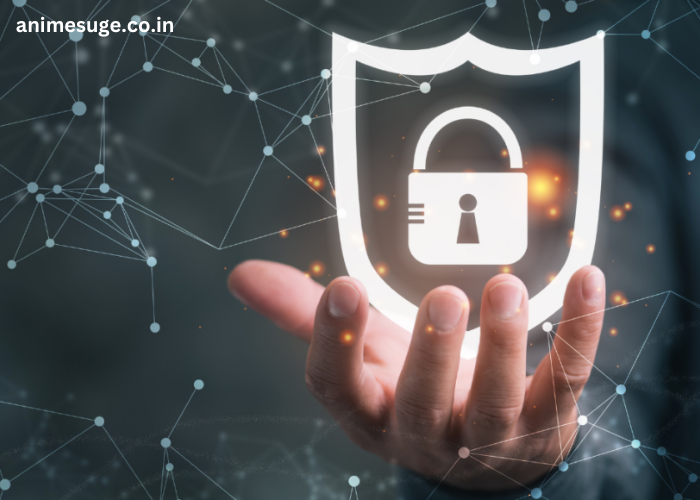In today’s hyperconnected world, cybersecurity is no longer a concern limited to corporations and governments. Individuals, too, are increasingly targeted by cybercriminals aiming to exploit vulnerabilities for financial gain, identity theft, or disruption. Protecting your digital assets is not just a technical challenge but a fundamental aspect of digital literacy. Here are the essentials you need to safeguard your online presence.
1. Understanding Digital Assets
Digital assets encompass everything from your social media accounts, emails, and banking information to personal files stored in the cloud or on your devices. These assets hold immense value—not just monetary but also sentimental and reputational. Recognizing their significance is the first step in protecting them.
2. Use Strong, Unique Passwords
A weak or reused password is a cybercriminal’s gateway to your sensitive data.
- Create strong passwords that combine uppercase letters, lowercase letters, numbers, and symbols.
- Use a password manager to generate and store unique passwords securely.
- Enable two-factor authentication (2FA) wherever possible for an extra layer of protection.
3. Keep Your Software Updated
Software updates are not just about new features—they often include patches for security vulnerabilities.
- Enable automatic updates for your operating systems, browsers, and apps.
- Regularly update antivirus and anti-malware programs to counter the latest threats.
4. Beware of Phishing Scams
Phishing attacks remain one of the most common ways cybercriminals gain access to personal information.
- Avoid clicking on suspicious links or downloading attachments from unknown sources.
- Verify the sender’s email address carefully, as attackers often use addresses that look similar to legitimate ones.
- Use tools like anti-phishing browser extensions for added protection.
5. Secure Your Network
An unprotected internet connection is a cybercriminal’s dream.
- Use a strong password for your Wi-Fi network and change it regularly.
- Employ a virtual private network (VPN) when using public Wi-Fi to encrypt your online activity.
- Turn off unused network features, such as file sharing, when not in use.
6. Backup Your Data
No security system is foolproof, so it’s essential to have a reliable backup strategy.
- Regularly back up critical files to an external hard drive or a secure cloud service.
- Verify your backups to ensure they are complete and accessible when needed.
7. Educate Yourself and Stay Vigilant
Cyber threats are constantly evolving, making awareness and education vital.
- Stay informed about the latest cybersecurity threats and trends.
- Participate in online cybersecurity training programs or workshops.
- Encourage friends and family to adopt safe digital practices.
8. Recognize the Role of Advanced Tools
For those who manage sensitive information or have a high risk of being targeted, additional tools may be necessary.
- Consider endpoint protection software that offers advanced threat detection.
- Utilize encrypted communication tools for sensitive conversations.
- Monitor your digital footprint using identity theft protection services.
Conclusion
Cybersecurity is not a one-time effort but an ongoing commitment. As digital technologies evolve, so do the tactics of cybercriminals. By adopting proactive measures, staying informed, and remaining vigilant, you can significantly reduce your risk and ensure the safety of your digital assets.
Protecting your online presence isn’t just about defending against attacks—it’s about fostering trust, peace of mind, and resilience in the face of a rapidly changing digital landscape.
